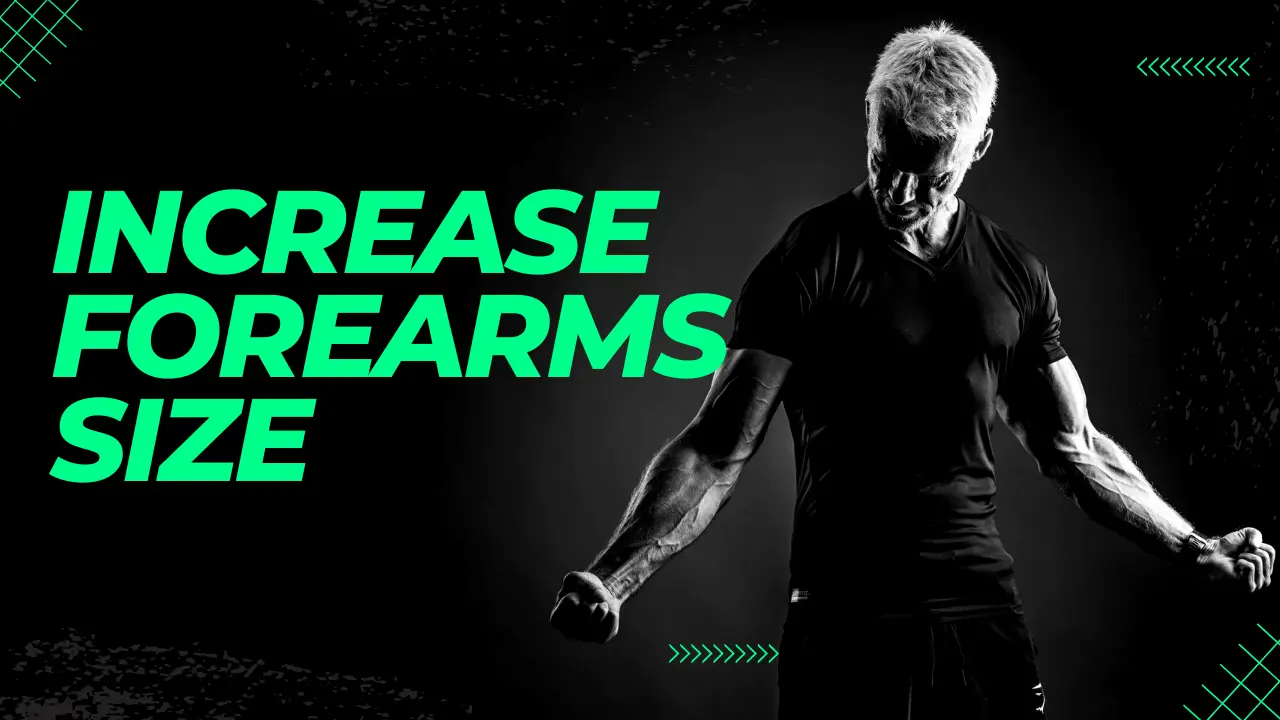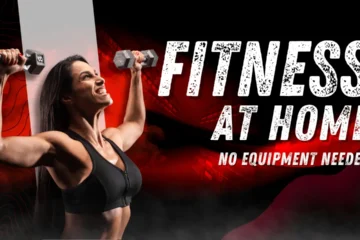How to Increase Forearm Size Using Dumbbells

The forearm is one of the most exposed parts of a human body, and many women find it attractive. I mean, who will not like strong, veiny arms? It’s human nature. But many gymers just focus on mirror muscles like chest, shoulders, and biceps and neglect to train their most attractive visible body part: forearms. Thick, developed forearms don’t just look powerful; they are powerful. The best part is you don’t need to train them in the gym. You can train them anywhere just by using dumbbells.
In this guide we will discuss each and every thing you need about growing forearms using dumbbells, including the key exercises, anatomy insights, training tips, and a sample routine you can start using today.
Why Forearm Training Matters
Forearms play a major role in almost every upper body, which includes gripping, pulling, or lifting. Other than this, they’re highly visible; thus, for attractive looks, it’s a must to train them.
Here’s why you shouldn’t skip forearm training:
- Stronger grip
- Improved aesthetics
- Injury prevention
Understanding Forearm Anatomy
Before you start hammering out dumbbell curls, it helps to know what you’re training.
Your forearm is made up of many small muscles.
But the major ones that give the definition, size, and strength are
- Brachioradialis: It’s the top muscle of your forearm and is responsible for elbow flexion, adding most of the bulk to the upper forearm.
- Flexor group: It’s the lower muscles of your forearm and is responsible for the wrist control and finger flexion!
- Extensor group: These are also found in the top part and responsible for wrist and finger extension.
To grow your forearm, you need to target and hit all three areas with multiple movements in which there is a full range of motion.
Best Dumbbell Exercises for Bigger Forearms
Here are six essential dumbbell exercises that target different parts of your forearms:
1. Dumbbell Wrist Curls
Target: Forearm flexors (underside)
How to do it:
- Sit on a bench with your forearms resting on your thighs, palms facing up.
- Let your wrists hang just past your knees, holding a dumbbell in each hand.
- Curl your wrists upward, hold at the top, then slowly lower.
Tip: Use a light weight and aim for 15–20 reps to really burn out the muscle.
2. Dumbbell Reverse Wrist Curls
Target: Forearm extensors (top side)
How to do it:
- Same position as above, but with palms facing down.
- Curl your wrists upward, hold briefly, and lower under control.
Tip: This movement is tougher than wrist curls, so go lighter and focus on strict form.
3. Hammer Curls
Target: Brachioradialis (top of forearm)
How to do it:
- Stand or sit with a dumbbell in each hand, palms facing your sides.
- Curl the weights up without twisting your wrists.
- Pause at the top, then lower slowly.
Tip: This movement hits both the forearms and biceps, making it a great compound choice.
4. Zottman Curls
Target: Biceps and forearms (brachioradialis + extensors)
How to do it:
- Curl the dumbbells with a traditional supinated grip (palms up).
- At the top of the rep, rotate your wrists so your palms face down, then lower slowly.
- Rotate back to the palms-up position at the bottom.
Tip: Zottman curls are great for building both strength and size. Focus on the controlled eccentric (lowering) phase.
5. Farmer’s Carries
Target: Overall grip and forearm endurance
How to do it:
- Hold a heavy dumbbell in each hand, arms straight at your sides.
- Stand tall and walk for 30–60 seconds.
- Maintain a tight core and neutral posture.
Tip: Go heavy. Farmer’s carries are simple but brutally effective at building forearm mass and crushing grip strength.
6. Dumbbell Wrist Rotations
Target: Wrist stabilizers and rotational strength
How to do it:
- Hold a dumbbell vertically with one hand.
Slowly rotate your wrist clockwise and counterclockwise. - Keep your elbow still and focus on controlling the weight.
Tip: This exercise works the smaller muscles around your wrist and elbow—key for stability and growth.
Forearm Training Tips
To get the most out of your forearm workouts, keep these principles in mind:
- Train With High Reps and Volume
- Focus on Time Under Tension
- Train Forearms 2–3 Times Per Week
- Don’t Overlook Grip Fatigue
Sample Dumbbell Forearm Workout
- Hammer Curls—3sets of 12 reps
- Zottman Curls—3 sets of 10–12 reps
- Wrist Curls—3 sets of 15–20 reps
- Reverse Wrist Curls—3 sets of 15–20 reps
- Farmer’s Carry (Timed Walks)—3 sets of 30 seconds
- Wrist Rotations—2 sets of 10 reps each direction (per arm)
Rest 30–60 seconds between sets, and focus on form throughout.
Make sure you’re also following these points:
- You are eating enough protein to support growth.
- You are allowing rest days for recovery.
- Last but not least, you are gradually increasing weights or reps over time.
Conclusion
Just like other muscles such as back muscles, big forearms don’t happen by accident but as the result of focused and good training. Just by using a pair of dumbbells, you can make your tiny forearms bigger.
By targeting the forearm flexors, extensors, and brachioradialis with a variety of dumbbell exercises, you’ll not only grow your forearms but also improve your grip, wrist strength, and upper body performance.
Stick to the plan, stay consistent, and in just a few weeks, you’ll start to notice thicker forearms.



0 Comments